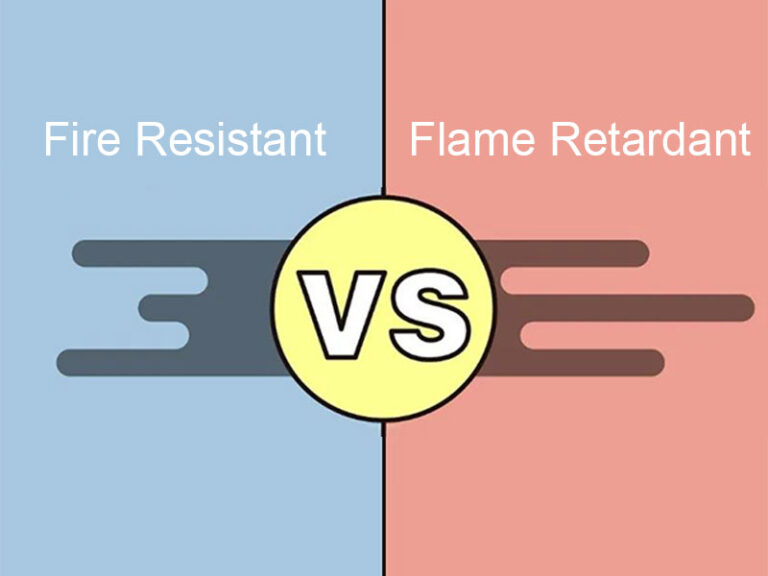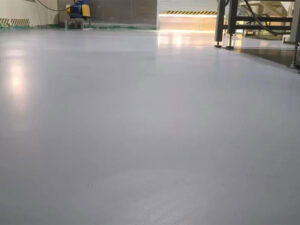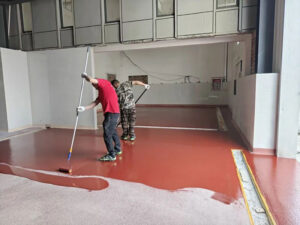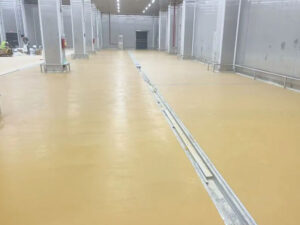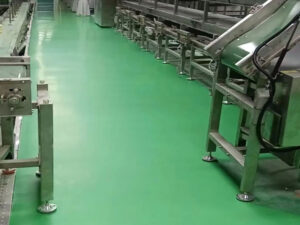Fire resistance and flame retardancy are two key concepts in fire safety. Fire Resistant vs. Flame Retardant: What Is The Difference? While both aim to prevent fires, they differ significantly in definition, mechanism, and application. Below is a detailed analysis based on researched data:
1. Key Differences
What is Fire Resistant (Fire-Resistant Materials):
Fire-resistant materials are designed to withstand high temperatures without igniting or to slow down combustion. This property can be achieved through chemical treatment or natural characteristics. For example, natural materials like wool, leather, and coated nylon have inherent fire resistance. The key feature of fire-resistant materials is their ability to maintain structural integrity during a fire, protecting lives and property. Common applications include fire-resistant coatings, fire-resistant glass, and fire-resistant doors.
What is Flame Retardant (Flame-Retardant Materials):
Flame-retardant materials are treated with additives or chemicals to make them harder to ignite or to slow down flame spread. The primary goal is to “inhibit flame propagation” rather than prevent burning entirely. Examples include flame-retardant fabrics, plastics, and coatings. These materials often contain flame-retardant additives like antimony trioxide or magnesium hydroxide.
2. Mechanism of Action
Fire-resistant materials work primarily through physical barriers or chemical reactions to block flame spread. For example:
- Fire-resistant coatings form a protective layer when exposed to high temperatures, preventing heat transfer and delaying combustion.
- Some fire-resistant materials release non-flammable gases to suppress the fire.
Flame-retardant materials rely on additives to alter their burning behavior. Key mechanisms include:
Char formation – Certain flame retardants create a protective char layer, blocking oxygen and stopping fire progression.
Heat absorption – Some organic flame retardants absorb heat, slowing down combustion.
Gas dilution – They release non-flammable gases to reduce oxygen availability.
3. Protection Applications
Fire-resistant materials are widely used in industries requiring long-term exposure to high temperatures, including:
- Construction: Fire-resistant doors, firewalls, and fireproof insulation.
- Transportation: Fire-resistant cables, aircraft components, and automotive barriers.
- Electronics: Fire-resistant enclosures for high-heat devices.
- Protective Gear: Firefighter suits and industrial workwear for enhanced safety.
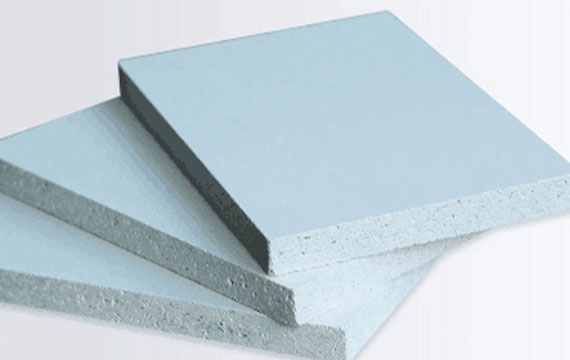
Flame-retardant materials are common in everyday products to reduce fire hazards, such as:
- Furniture: Flame-retardant upholstery, mattresses, and curtains.
- Apparel: Flame-retardant work uniforms and children’s sleepwear.
- Electrical Safety: Flame-retardant wiring, circuit boards, and insulation.

4. Advantages and Disadvantages
Fire resistant materials offer superior protection by delaying flame spread and maintaining structural stability during fires, making them ideal for high-risk environments. However, their enhanced performance comes at a higher cost, and they may sometimes compromise other material properties like flexibility or weight.
Flame retardant materials provide a more economical solution for everyday fire safety needs by slowing down combustion effectively. The downside is that some formulations contain potentially harmful chemicals, raising health and environmental concerns. Additionally, their protective effects typically don’t last as long as fire resistant alternatives.
5. Key Takeaways
While both fire resistant and flame retardant materials enhance fire safety, they serve distinct purposes. Fire resistant solutions prioritize structural integrity and prolonged burn resistance, making them essential for high-temperature environments. On the other hand, flame retardant materials focus on slowing combustion through chemical treatments, offering a cost-effective option for everyday applications.
Selecting the right material depends on specific needs:
- Choose fire resistant products (like fireproof doors or industrial coatings) for extended heat exposure.
- Opt for flame retardant alternatives (such as treated fabrics or electronics) when balancing affordability and basic fire protection.
